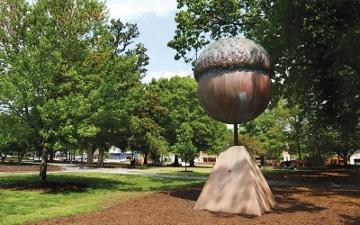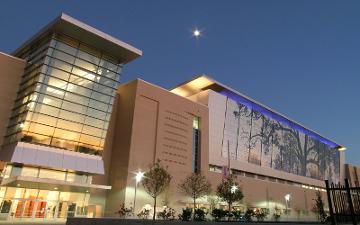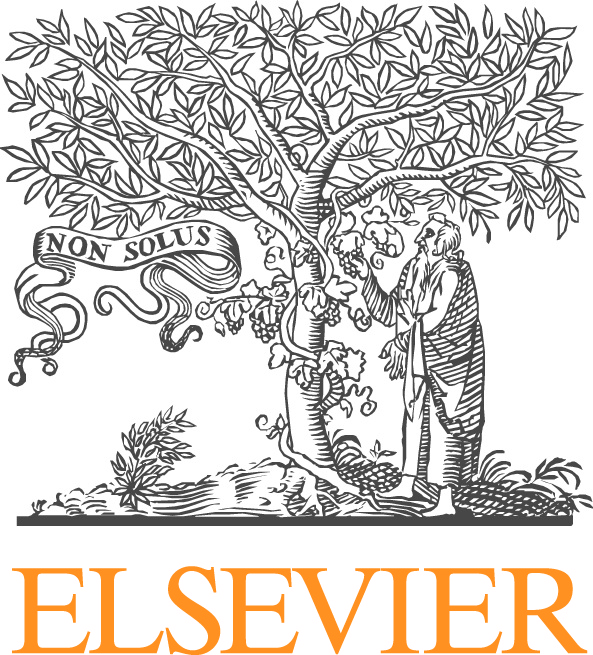
Computational Fluid-Structure Interaction: From Blood Pumps to Wind Turbines
Yuri Bazilevs
Abstract: A framework for computational fluid—structure interaction based on the Arbitrary Lagrangian—Eulerian formulation is presented. The fluid—structure interface discretization is assumed to be nonmatching allowing for the coupling of standard finite-element and isogeometric discretizations for the fluid and structural mechanics parts, respectively. FSI coupling strategies and their implementation in the high-performance parallel computing environment are discussed. Simulations of engineering systems at vastly different spatial scales, including cardiovascular medical devices, surface ships, and wind turbines are presented, and the corresponding computational challenges are addressed.
Biography: Dr. Bazilevs received his PhD from the University of Texas at Austin in 2006, and he is currently an Associate Professor in Department of Structural Engineering at University of California, San Diego. He has been conducting computational mechanics research since 2000, teaching classes on that subject since 2008, and has been conducting computational fluid–structure interaction research since 2005. He has published over 70 archival journal papers on computational fluid and structural mechanics, and fluid–structure interaction. He coauthored a book on isogeometric analysis, a technique that is now widely used in computational mechanics. He also coauthored a book on computational fluid–structure interaction. He is an Assistant Editor of Springer journal Computational Mechanics for the manuscripts on computational fluid mechanics and fluid–structure interaction. More information on Dr. Bazilevs can be found at http://ristretto.ucsd.edu/~bazily/.











